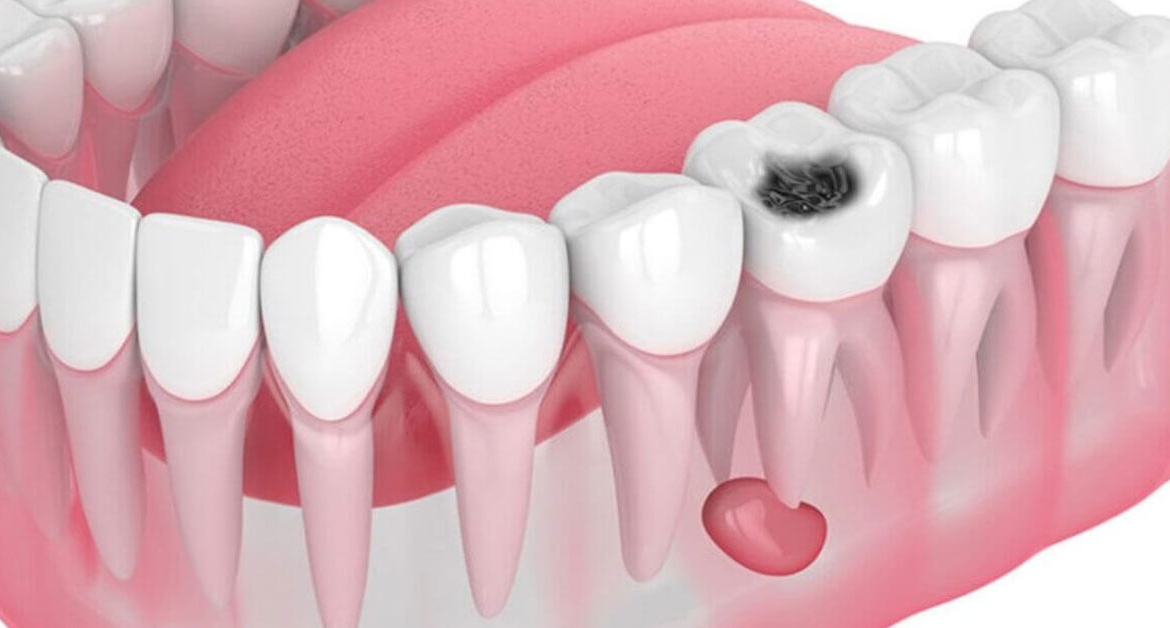The tooth cyst is liquid -filled pouches of tissues around the tooth roots. These cysts are usually painless and can be detected by x -ray films during routine dental examination. Dental cyst treatment usually requires surgical intervention and the treatment method is determined by the size of the cyst, its place and the patient’s overall health status.
In some cases, it may be sufficient to clean the infection at the root of the tooth and to cover it with a protective coating. However, it may be necessary to completely remove the cyst in large or disturbing cysts. Surgical intervention is usually performed by a periodontologist or oral surgeon.
When the cyst is removed, the tissues are examined for biopsy. As a result of this examination, additional treatments may be required if cancer cells are found.
It is important to perform regular controls after treatment, so that any repetition or another problem can be noticed at the early stage.
Which teeth is applied to tooth cyst?
Since dental cysts usually develop around the tooth roots, it is often treated with a surgical procedure called root end resection. This process is frequently applied especially in front cutting teeth, canine teeth and molar teeth. However, depending on the type and size of the cyst, sometimes this procedure may not be required or different treatment options may be evaluated.
How to treat tooth cysts?
Dental cyst treatment is usually performed by a dentist or oral surgeon. The treatment process may vary depending on the patient’s condition and the size of the cyst, but it usually includes these steps:
1.Examination: First of all, the dentist or oral surgeon examines the patient’s mouth and teeth in detail by examining the size of the cyst and the tissues affected.
2.Imaging: X -ray or other imaging methods can be used to determine the position and size of the cyst.
3.Surgical intervention: The cyst is usually removed surgical. This process is called root end resection. The gums are opened, the tissues around the cyst are cleaned and then the cyst is removed.
4.Healing Process: Oral hygiene should be considered after surgical intervention. Drugs recommended by the doctor should be used regularly.
5.Tracking Controls: It is important to perform follow -up checks after treatment; Thus, the doctor can evaluate the effectiveness of treatment and notice possible complications early.
What are the benefits of having tooth cyst treatment?
Treatment of dental cynicism ensures the elimination of dental cysts that may cause various health problems. It prevents the growth of the cyst and prevents damage to the surrounding tissues and eliminates symptoms such as pain and swelling and ensures the relaxation of the patient. It also helps to protect the tooth and jaw bones. Untreated dental cysts can progress and cause serious complications, so it is important to be diagnosed and treated early.

